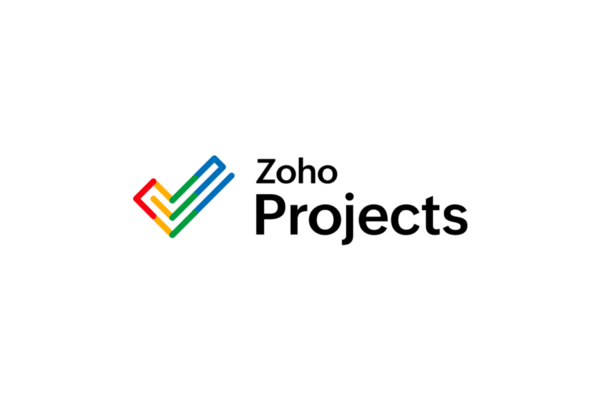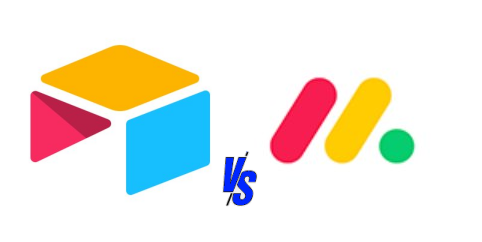Designed as the business-facing component of the more technical-focused Jira application, Jira has been called “a powerful new home for work”. Jira was designed to present users with the powerful project management capabilities of Jira in a format that business teams could digest and utilize easily. But, is it the right fit for your team? Read on to learn more about the pros and cons of using Jira.
Jira Pros and Cons at a Glance
Pros of Jira
Powerful advanced analytics give teams deeper insights on resource use.
Data is one of the most powerful tools you can harness for the good of your organization when visualized in a meaningful way – and data visualization and reporting is precisely where Jira shines. In our Jira software review, we highlighted how the tool’s numerous features — such as report analysis, time tracking, and dashboard insights — provide users with advanced data insights compared to many other software offerings. For enterprise-level users utilizing multiple Jira products, Atlassian Analytics allows teams to analyze data trends across multiple Jira platforms, providing insights across the entire organization.
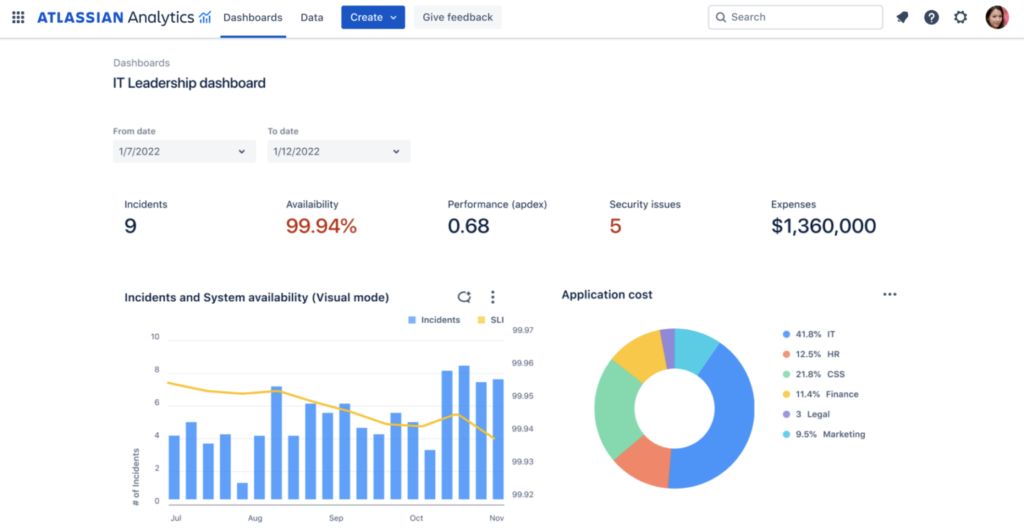
Works well with other Jira Cloud products.
Seamless integration across multiple technical and non-technical teams is one of the main selling points of the Jira ecosystem. That’s because the Atlassian software universe includes numerous applications designed to help teams work more efficiently. Not only is Jira included for free with every Jira license, it integrates seamlessly with the host of other Jira products so team members from every department can collaborate, connect, and even access company-wide data insights.
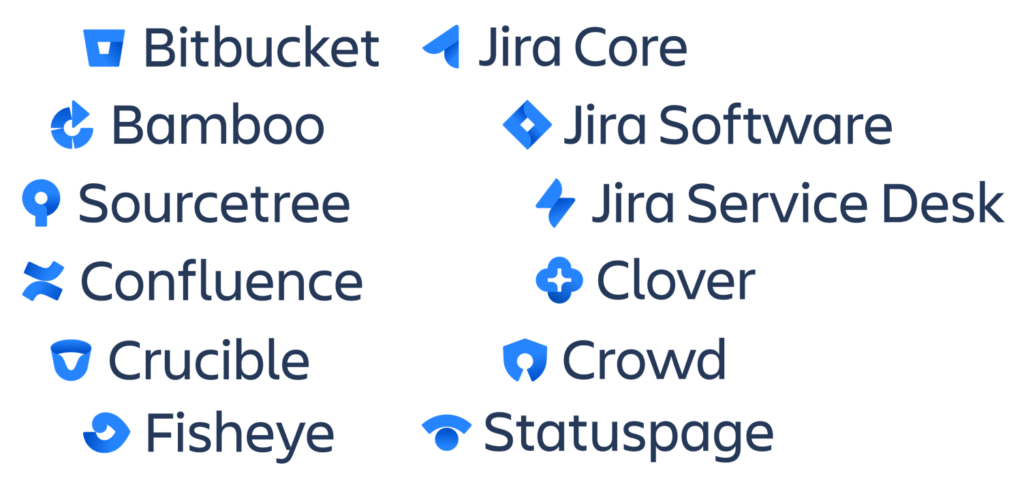
Atlassian’s Jira-compatible lineup includes:
• Bitbucket
• Bamboo
• Sourcetree
• Confluenece
• Crucible
• Fisheye
• Jira Core
• Jira
• Jira Service Desk
• Clover
• Crowd
• Statuspage
Great for technical-adjacent teams whether they use other Atlassian solutions or not.
Cross-departmental collaboration can be tough – even more so when you’re connecting technical teams and non-technical teams together. Because Jira integrates seamlessly with tech-focused Jira products, such as Jira, it’s a great offering for business teams who frequently complete cross-departmental work with technical teams, such as software developers, IT help desks, and more.
Jira’s generous free plan allows teams to try before they buy.
While most software vendors offer free trials, they’re typically a very limited experience compared to paid plans. One of the biggest perks of Jira is its generous free plan. Even without a paid plan, users can still make the most out of their experience with Jira with unlimited tasks and projects, multiple task views, unlimited single-project automations, and free project templates. The free plan even includes forms, reporting, and dashboards for users who want to collect and analyze data directly from the app.
Bug tracking and reporting features make surfacing and solving issues easier.
For software development teams, bug tracking is crucial to finding and tracking bugs within software throughout the development process. Jira offers users rare bug tracking and reporting features not offered by many other vendors. Once a bug is spotted, users can assign resources to the task by assigning an issue, and track the status of the bug using the reporting feature. In real-time, reports provide users with information about specific users, projects, and issues.
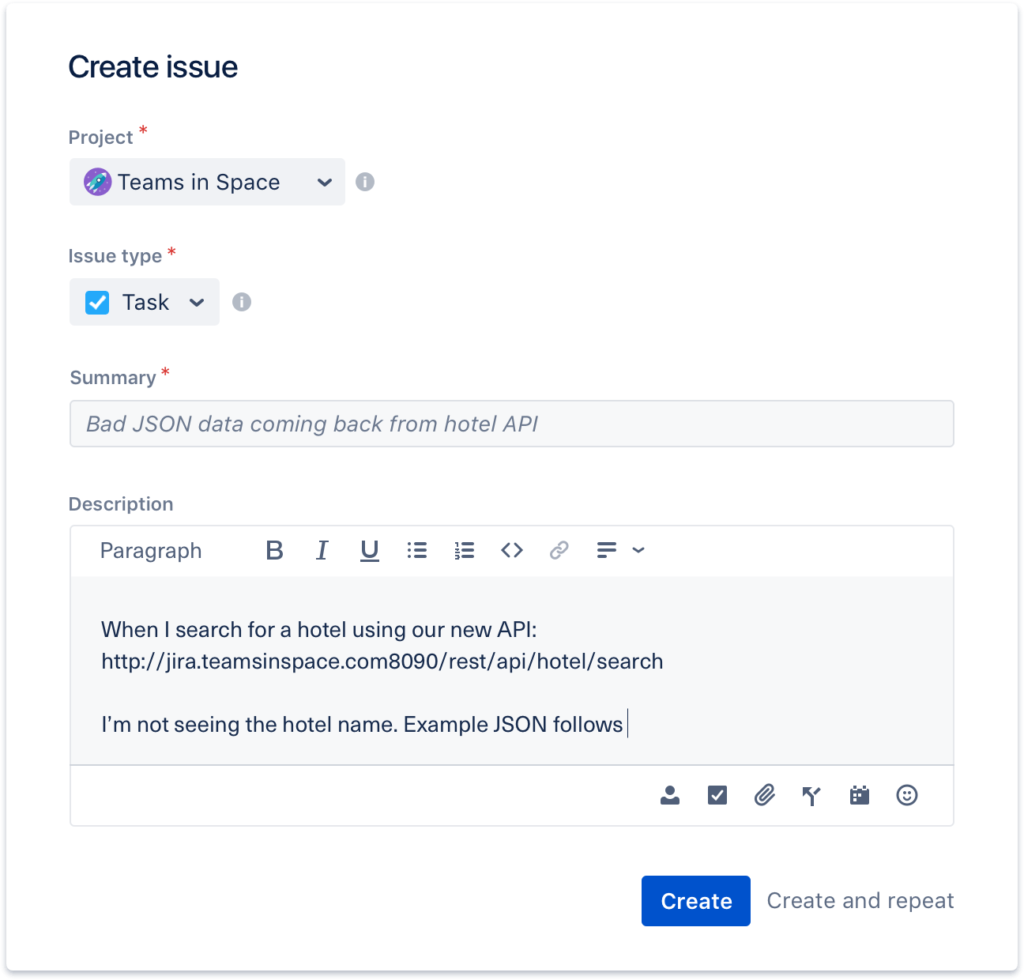
Cons
The learning curve can be steep for new users.
When onboarding a new project management software with your team, there will always be a slight learning curve – but some software is more intuitive to use than others. While Jira was designed as a Jira product for business users (rather than software development teams), some functionality can be complex and counterintuitive for non-technical users. In particular, teams with limited experience using project management software, or Jira products at large, are at a disadvantage when it comes to mastering Jira.
Customization can be time-consuming.
When it comes to viewing deadlines and managing tasks, you’ll likely want some say in how those items are presented and customized within your software dashboard. While the customization options within Jira are numerous, it takes some consideration to locate and implement customization options. Users who have experience with more intuitive software options, in particular, will likely need to spend additional time customizing their experience.
Issue (task) details are limited.
In Jira, tasks and work-related items have their own unique name: issues. An issue can be anything from activities, documents, tasks, or even people. Within those issues is the issue description, which houses details about the task. Unfortunately, if you’re looking to add custom fields to issue descriptions, Jira is not your best option. Project details are pre-set and may be limiting to teams with specific categorization needs.
Assigning task prioritization can be tricky.
Once you’ve transferred your teams’ workflow and project load into your new project management software, it’s time to get to work. But first, you need to be able to find what you’re looking for. One of the biggest challenges task-heavy teams face when using Jira is locating tasks, as there is currently no way to prioritize them. If you’re juggling multiple tasks, it can mean extra scrolling and searching – which can be time-consuming in the long run.
Collaboration features could be better.
One of the biggest reasons teams make the switch to project management software is to enhance team collaboration with features such as instant messaging, team member tagging, commenting, and more. Yet, in Jira, those features are extremely limited. Instead, Jira’s Collaboration mode only shows which team members are online and what updates are being made in real time.
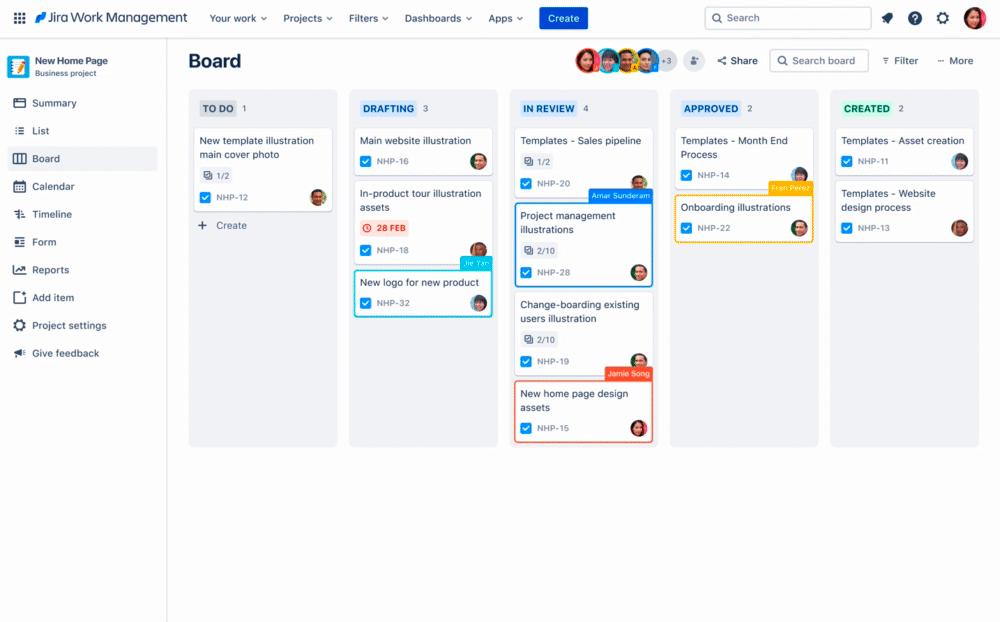
Suggested Jira Alternative: Asana
For users who felt Jira left something to be desired, Asana is a great alternative. With a highly intuitive interface and multiple, easy-to-use collaboration options, Asana is a less intimidating option for less experienced project management software users. For users looking for more advanced project management tools, Asana also offers users workflow-building options, workload overview statistics, reporting insights, and more. No matter the size of your team or your preferences, Asana is a flexible tool that can meet you where you’re at.


